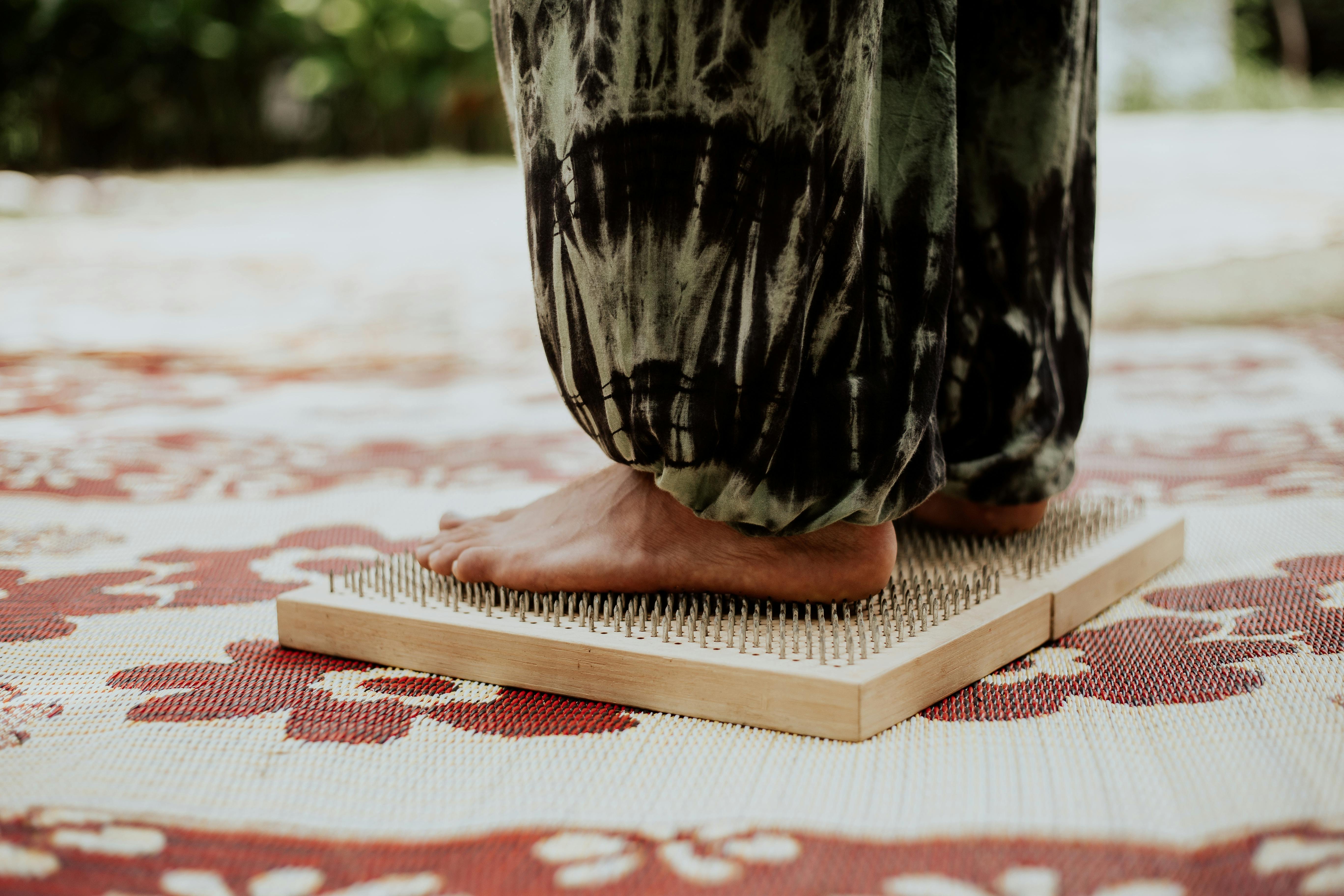A Gentle Guide to the Restorative Power of Asian Massage Traditions
Rooted in centuries of tradition, Asian massage offers more than just relaxation — it integrates ancient techniques like Thai massage, Shiatsu, and Acupressure to support natural healing and inner balance. This guide explores how these time-tested methods can gently promote circulation, ease tension, and enhance overall well-being in body and mind.

What are the roots of Asian massage therapy?
Asian massage therapy has its origins in ancient healing practices from countries like China, Japan, and Thailand. These techniques evolved over thousands of years, focusing on the concept of energy flow within the body. Traditional Chinese Medicine and Ayurveda greatly influenced the development of various Asian massage modalities, emphasizing the balance of mind, body, and spirit for optimal health.
How does holistic healing massage differ from Western techniques?
Holistic healing massage, as practiced in Asian traditions, takes a comprehensive approach to wellness. Unlike Western massage techniques that often focus solely on muscular tension, Asian massage considers the interconnectedness of the body’s systems. It aims to restore balance to the body’s energy pathways, known as meridians in Chinese medicine or sen lines in Thai massage. This holistic approach addresses not only physical symptoms but also emotional and spiritual aspects of well-being.
What are the key benefits of Thai massage?
Thai massage benefits extend beyond mere relaxation. This dynamic form of bodywork combines acupressure, assisted yoga postures, and energy work to promote overall health. Some of the primary advantages include:
- Improved flexibility and range of motion
- Enhanced circulation and lymphatic drainage
- Reduced muscle tension and joint stiffness
- Increased energy levels and mental clarity
- Stress reduction and improved sleep quality
Thai massage is particularly effective for those dealing with chronic pain, postural imbalances, or seeking to improve their athletic performance.
How do shiatsu massage techniques differ from other modalities?
Shiatsu massage techniques originate from Japan and are characterized by their use of finger pressure along energy pathways. Unlike other forms of massage that may use oils or lotions, shiatsu is typically performed through clothing. Key features of shiatsu include:
- Application of pressure using thumbs, fingers, and palms
- Focus on specific acupoints to stimulate energy flow
- Incorporation of stretching and joint mobilization
- Emphasis on the connection between physical and emotional well-being
Shiatsu is known for its ability to relieve stress, headaches, and musculoskeletal pain while promoting a sense of deep relaxation and balance.
What unique elements contribute to the effectiveness of Asian massage?
Asian massage incorporates several unique elements that contribute to its effectiveness:
- Energy work: The focus on balancing the body’s energy systems is central to many Asian massage techniques.
- Mindfulness: Practitioners and recipients often engage in meditative practices during the massage, enhancing its therapeutic effects.
- Holistic approach: Asian massage considers the interconnectedness of physical, emotional, and spiritual health.
- Use of traditional tools: Some modalities incorporate tools like heated stones, herbal compresses, or bamboo sticks to enhance the massage experience.
- Dietary and lifestyle recommendations: Many Asian massage traditions include guidance on nutrition and daily habits to support overall well-being.
How can one integrate Asian massage techniques into a wellness routine?
Incorporating Asian massage techniques into your wellness routine can greatly enhance your overall health and quality of life. Here are some ways to experience the benefits:
- Regular sessions: Schedule appointments with certified practitioners of Thai massage, shiatsu, or other Asian modalities.
- Self-massage: Learn simple acupressure techniques to apply on yourself daily.
- Complementary practices: Combine massage with other Asian wellness practices like yoga, tai chi, or meditation.
- Home tools: Invest in massage tools inspired by Asian traditions, such as gua sha stones or Thai massage sticks.
- Education: Attend workshops or classes to deepen your understanding of Asian massage philosophy and techniques.
When considering Asian massage therapy as part of your wellness routine, it’s important to understand the potential costs involved. Here’s a comparison of typical pricing for various Asian massage modalities:
| Massage Type | Average Session Duration | Estimated Cost Range |
|---|---|---|
| Thai Massage | 60-90 minutes | $60-$150 |
| Shiatsu | 60-90 minutes | $70-$140 |
| Acupressure | 30-60 minutes | $50-$100 |
| Tui Na | 30-60 minutes | $55-$120 |
Prices, rates, or cost estimates mentioned in this article are based on the latest available information but may change over time. Independent research is advised before making financial decisions.
In conclusion, Asian massage traditions offer a rich tapestry of healing techniques that can significantly impact one’s physical, emotional, and spiritual well-being. By exploring these time-tested methods, individuals can discover new paths to relaxation, pain relief, and holistic health. Whether through professional treatments or self-care practices, the wisdom of Asian massage therapy continues to provide valuable tools for modern wellness seekers.
The shared information of this article is up-to-date as of the publishing date. For more up-to-date information, please conduct your own research.
This article is for informational purposes only and should not be considered medical advice. Please consult a qualified healthcare professional for personalized guidance and treatment.




